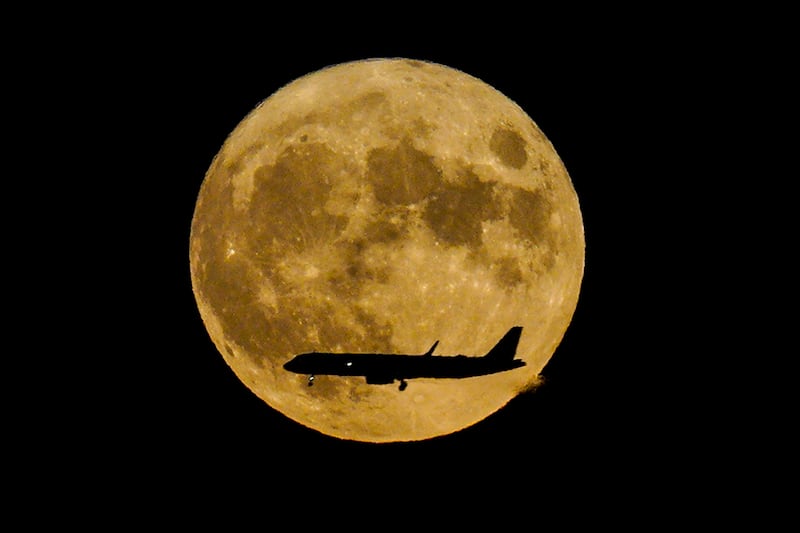Earth has adopted a new(ish) traveling companion. It’s a tiny asteroid with quasi-moon status, named 2025 PN7 by astronomers.
Not to be mistaken with a mini-moon, the celestial object follows an orbit similar to Earth’s route around the sun — rather than an orbit around Earth. It sticks close to Earth as it makes each annual rotation around the sun along with our planet’s six other quasi-moons, per the European Space Agency.
Of the seven quasi-moons currently orbiting the sun alongside Earth, 2025 PN7 is the smallest, at an estimated 52 feet in diameter, which is about the same size as a fire truck.
Astronomers from the Pan-STARRS observatory in Hawaii were the first to spot 2025 PN7 this August — but the asteroid has likely been traveling alongside Earth for roughly 60 years, undetected by telescopes, per CNN.
Its size and faint brightness may have contributed to why 2025 PN7 went unnoticed by astronomers for so long, said Carlos de la Fuente Marcos, a researcher on the faculty of mathematical sciences at the Complutense University of Madrid who recently published a paper on the asteroid in the journal Research Notes of the American Astronomical Society.
“It can only be detected by currently available telescopes when it gets close to our planet as it did this summer,” de la Fuente Marcos told CNN. “Its visibility windows are few and far between. It is a challenging object.”
But quasi-moons, like 2025 PN7, are temporary visitors. Astronomers expect 2025 PN7 to stay in its current orbit close to Earth for roughly six more decades before it leaves its current orbit and loses quasi-moon status, per Earth Sky.
Though considered asteroids, quasi-moons present no danger to Earth. They actually carry with them information astronomers can use to discover more about asteroids and how they can threaten our planet.
Most quasi-moons are pieces from the asteroid belt, chunks broken off our own moon or other objects floating in our solar system, per the nonprofit The Planetary Society.
Each quasi-moon carries new, accessible research opportunities for scientists, 2025 PN7 included.
“The Solar System is full of surprises so we keep looking,” de la Fuente Marcos told CNN. “For Earth’s neighborhood, the existence of 2025 PN7 suggests that there may not exist a lower limit to the size of a quasi-satellite.”
“These asteroids are relatively easy to access for unmanned missions and can be used to test planetary exploration technologies with a relatively modest investment.”
Difference between mini-moons and quasi-moons
Often mistaken as mini-moons, 2025 PN7 and other quasi-moons differ from the minis because they rotate around the sun, not the Earth.
From Earth’s perspective, they can appear to orbit our planet with a quasi-satellite motion, but with closer inspection, it is clear they are actually asteroids which orbit the sun, per The Planetary Society.
Astronomers have only discovered four mini-moons of Earth, per The Planetary Society, none of which are still orbiting our planet. Mini-moons typically orbit planets for very brief periods — all four of Earth’s mini-moons were in orbit for less than a year.
In 2024, a space rock named 2024 PT5 briefly circled Earth for a couple months between September and November — it was likely a fragment broken off of our primary moon.
After temporarily making a horseshoe-shaped orbit around our planet, the space rock was tugged away back into space.


